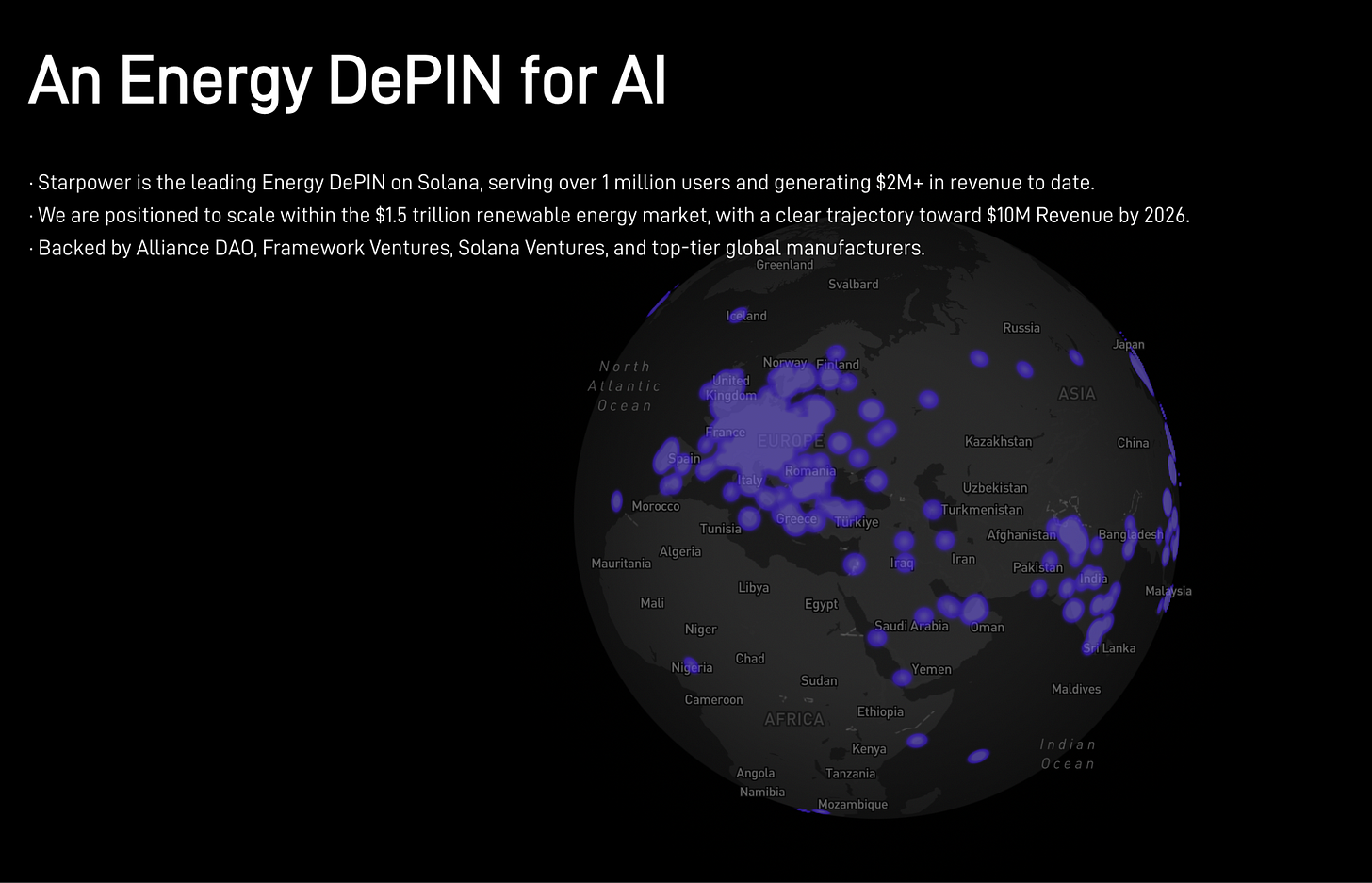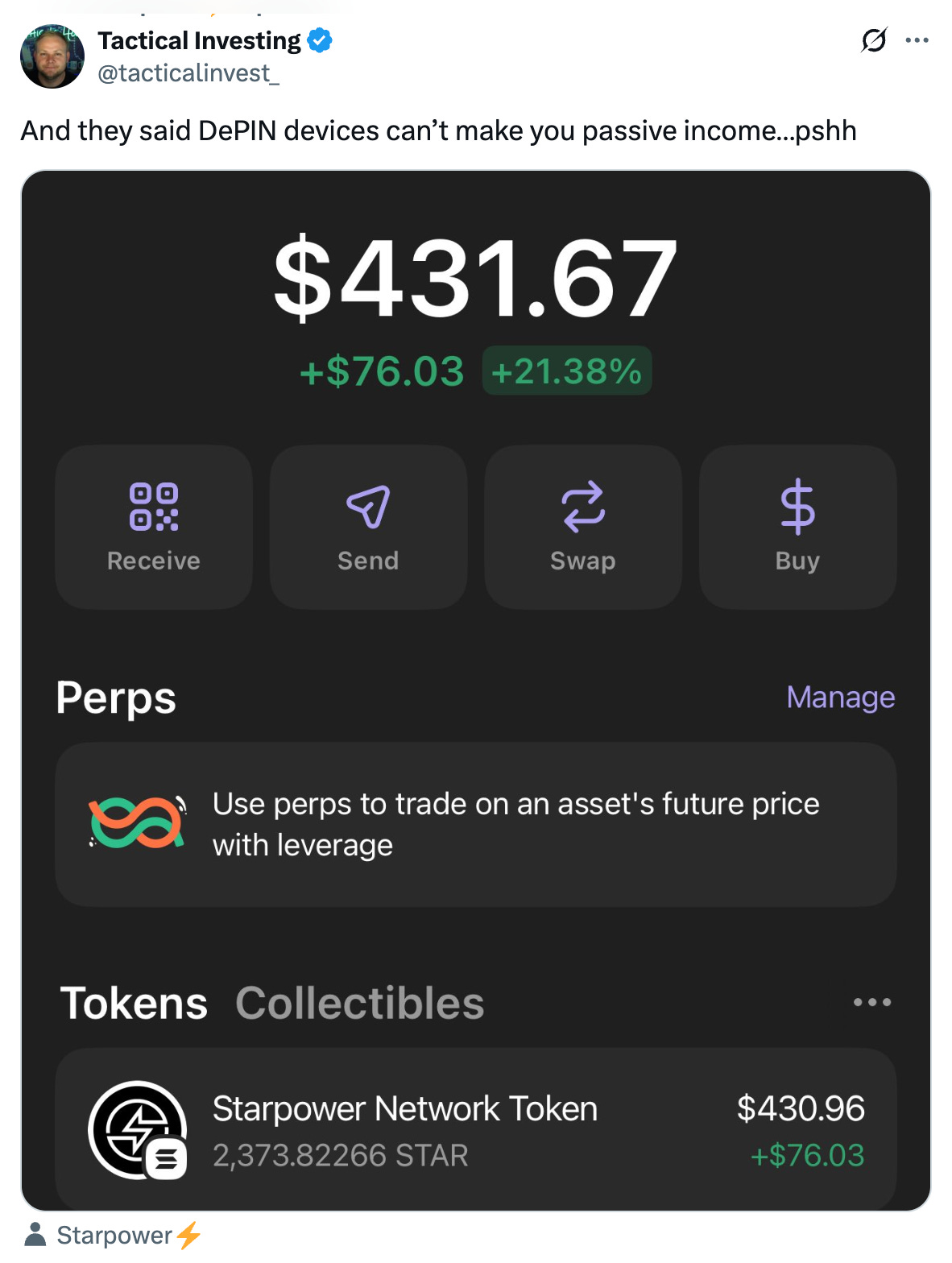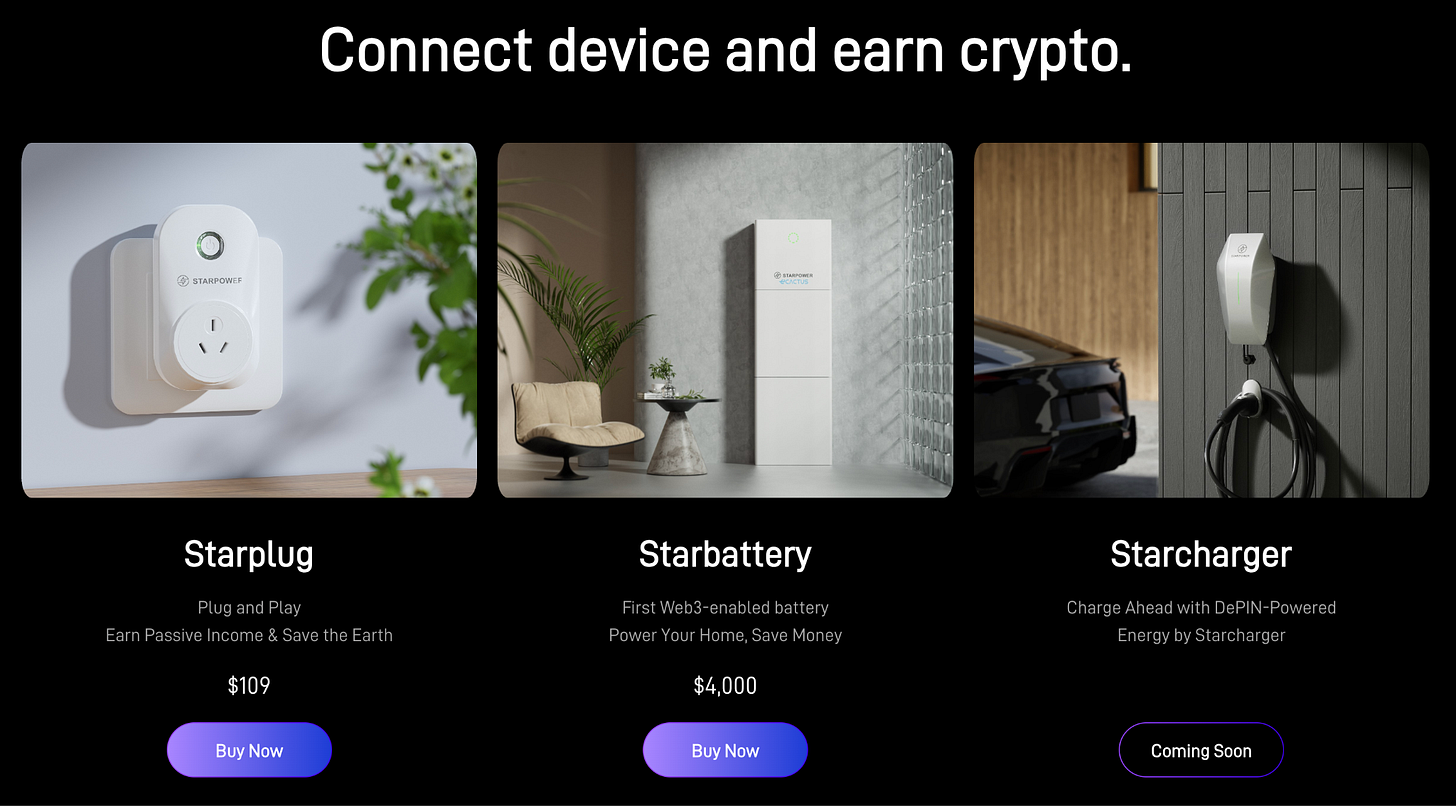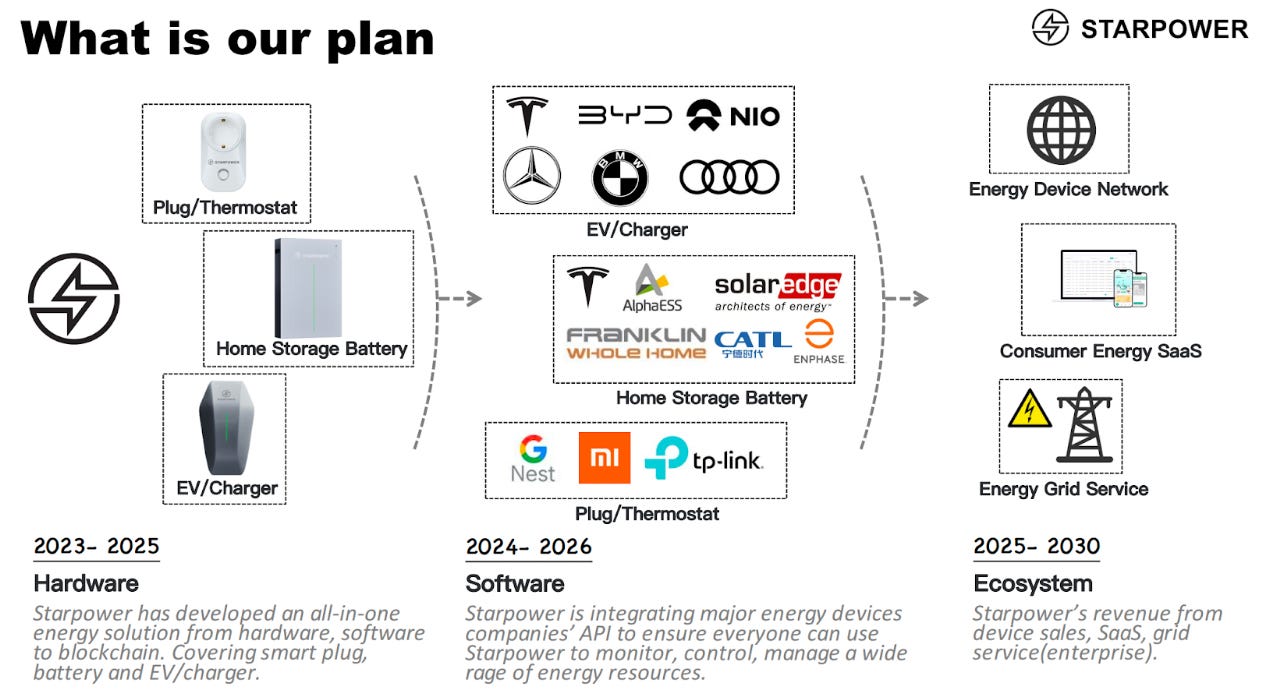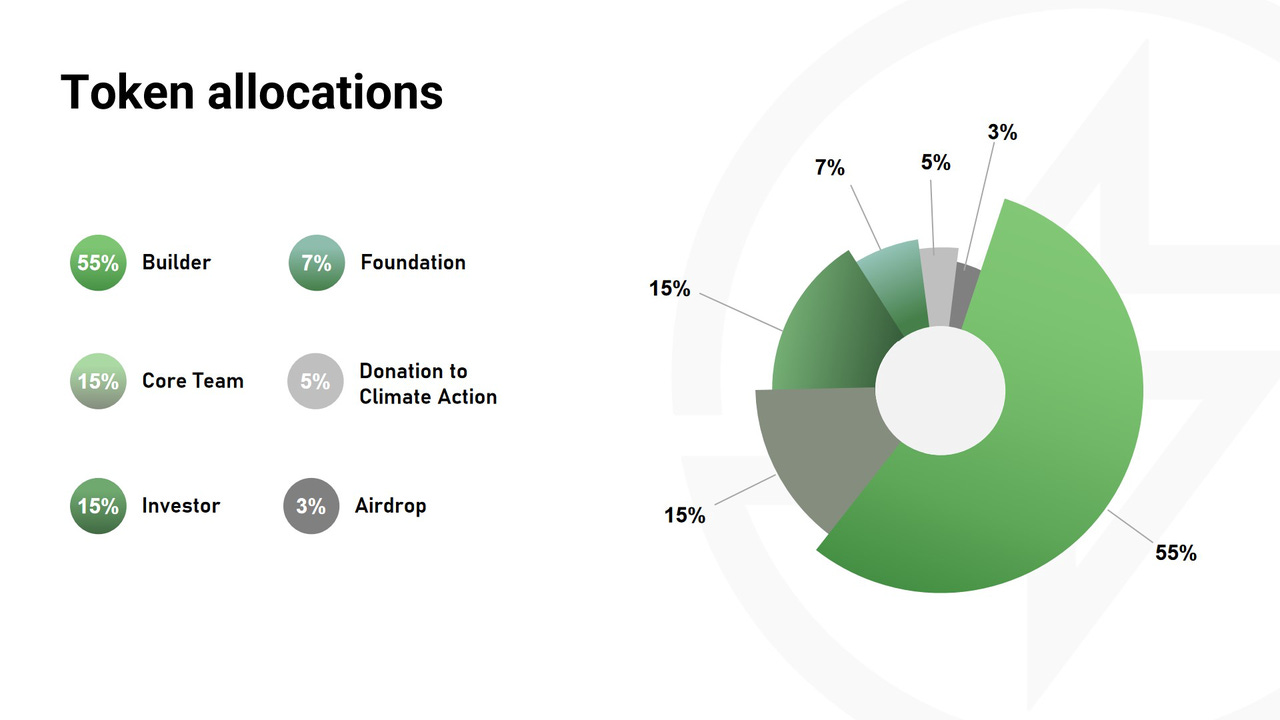Starpower Monetises Your Home Energy ⭐
The Solana-based energy network turning appliances into grid infrastructure.
Global electricity demand is growing 4% per year. AI infrastructure alone will add another 18% by 2050. Meanwhile, power generation from renewables is set to jump 84% in the next 5 years thanks to surging demand from new data centers.
These two trends are on a collision course.
Solar panels flood the grid with cheap power from 10 AM to 3 PM, then produce nothing after sunset. Wind turbines generate heavily or not at all, with little middle ground. But people want electricity when they want it. Morning coffee, evening AC, overnight EV charging, regardless of whether the sun is shining or wind is blowing.
The traditional solution is to build massive battery farms or keep fossil fuel plants on standby “just in case.” Both options cost billions and take years to deploy.
But the solution already exists, scattered across millions of homes. Your water heater doesn’t care if it heats at 2 PM or 2 AM. Your EV doesn’t need to charge at exactly 6 PM. Your home battery could store cheap solar power and release it during evening peaks.
The infrastructure is already installed but it’s just not coordinated.
That’s the gap Starpower is filling. They’ve built a decentralised system that connects your existing devices into what energy engineers call a Virtual Power Plant. One million devices are already online across 79 countries. The tech is published in Nature Nanotechnology. Major battery manufacturers are partnered.
And yes, you earn crypto tokens for participating.
This is about fixing a trillion-dollar coordination problem using infrastructure you already own.
What Is Starpower?
Starpower is a decentralised energy network built on Solana that connects everyday electrical devices into what they call a Virtual Power Plant, or VPP. It’s like creating a massive, distributed energy system from millions of individual homes and businesses.
The project started in 2023, founded by Laser Ding (former HashKey Group executive and early Ethereum investor) and Dr. Darcy Jia (who has a dual PhD in Photovoltaics and Computer Science). They’ve raised $4.5 million from Framework Ventures, Solana Ventures, Alliance DAO, and others.
Instead of building massive centralised power infrastructure, Starpower coordinates all the energy devices you already own. Your smart plug, home battery, EV charger, even your air conditioner can participate in grid balancing and earn you STAR tokens for doing so.
The network currently has over 1 million connected devices across 792 cities in 79 countries. That’s actual traction, not vaporware.
Your Entry Points
Starpower offers three main hardware products, each designed to connect different parts of your energy setup to their network.
Starplug: The Gateway Device
This is a $109 smart plug that you stick between your wall outlet and any appliance. It monitors real-time power consumption, lets you control devices remotely, and most importantly, connects them to the Starpower network.
The plug can handle up to 1,400W, which covers most household appliances. You plug it in, connect it via the app, and it starts tracking your energy usage patterns. The system then optimises when your devices run based on grid conditions and electricity prices.
For the testnet phase, users earned tStar tokens simply for keeping devices connected and online. Now that mainnet launched, those convert to actual STAR tokens you can trade.
Starbattery: Home Energy Storage
Priced at $4,000, this is a home battery system developed with WEIHENG, a Tier-1 battery manufacturer. It stores excess solar energy or cheap off-peak electricity and releases it when prices are high or the grid needs support.
The battery integrates directly with Starpower’s coordination system. During periods of excess renewable energy, it charges automatically. When demand spikes, it can either power your home or feed energy back to the grid through the VPP mechanism.
It’s designed with millisecond-response battery management systems, similar to what you’d find in data center backup power.
Starcharger: EV Integration (Coming Soon)
The EV charger is still in development, but the concept is, smart charging that schedules based on grid demand and electricity pricing. Charge your car when power is cheapest, potentially feed energy back to the grid when it’s needed most.
Future versions will support bi-directional charging, meaning your EV battery becomes mobile energy storage. Your car could charge overnight on cheap solar power, then sell some of that power back during the evening demand spike.
How It Works
Let me walk you through how this works in practice, because the concept is simpler than it sounds.
Step 1: Connect Your Devices
You start by getting a Starplug or compatible device. Install the Starpower app (available on iOS and Android), create an account, and connect your hardware. The app walks you through setup, which takes about five minutes.
Your device starts reporting power consumption data every five minutes. This data gets verified and recorded on the Solana blockchain, creating a verifiable record of your energy participation.
Step 2: The Network Learns Your Patterns
Over your first week, the system establishes a baseline. It learns when you typically use power, which devices draw the most, and how your consumption patterns fluctuate.
This baseline is important because rewards are calculated based on how efficiently you use energy compared to your normal patterns, not just absolute usage. Someone in a small apartment and someone with a large house can both earn proportional rewards.
Step 3: Start Earning Through Three Mechanisms
Starpower’s reward system has three phases:
Proof of Connectivity: Initially, you earn just for keeping devices online and reporting data. This is the easiest tier and helps build the network.
Proof of Capacity: Next, rewards scale based on the actual energy capacity you contribute. A home battery or EV provides more capacity than a smart plug, so it earns more.
Proof of Response: The final tier rewards you for responding to grid signals. When the VPP needs energy shifts (like delaying your AC during peak demand), you earn bonus tokens for participating.
Rewards are distributed weekly. The system accounts for day/night differences and weekday/weekend patterns, so you’re not penalised for normal usage fluctuations.
Step 4: The VPP Coordinates Everything
Behind the scenes, Starpower’s AI aggregates data from all connected devices globally. When the grid needs balancing, the system sends signals to participating devices.
For example: it’s 6 PM on a hot day. Everyone’s getting home and cranking the AC. The grid is stressed. Starpower’s VPP might delay EV charging by an hour, shift some air conditioning loads, and draw from home batteries to reduce demand. Users who participate get extra STAR tokens.
The coordination happens automatically based on your preferences. You set parameters in the app (like “never interrupt my AC if temperature is above 80°F”), and the system works within those bounds.
Step 5: Monetise Your Participation
Currently, you receive STAR tokens weekly. During testnet, early users accumulated tStar tokens at roughly 22 STAR per week per device. With mainnet now live, those tokens are tradeable.
tStar = testnet token (what users earned during beta/testnet phase)
STAR = mainnet token (the actual tradeable token)
The project has a bridge to Binance Smart Chain (BSC) where there’s better liquidity for selling tokens. You can claim rewards directly in the app, and they appear in your Solana wallet instantly.
Who’s Involved
Starpower lined up partnerships across hardware manufacturers, blockchain infrastructure, and institutional investors.
Hardware Partners
WEIHENG Intelligent Technology is co-developing the Starbattery. They’re a Bloomberg-recognised Tier-1 battery manufacturer, which means serious production capacity and quality standards.
AlphaESS, another major battery manufacturer, is integrating their systems to function as nodes in Starpower’s VPP. They’re looking at carbon credit issuance as an additional revenue stream.
AdvanSol is bringing solar panel integration. Their tech works with over 90% of global PV module brands, with plans to connect 50 MW of solar capacity initially.
The roadmap includes direct integrations with Tesla, BYD, SolarEdge, and FranklinWH by end of 2025. These partnerships would let owners of existing hardware earn STAR tokens without buying new Starpower devices.
Blockchain & Infrastructure
Built on Solana for high throughput and low transaction costs. The network needs to handle data from millions of devices in real-time, which rules out slower chains.
DePHY provides the middleware for secure device communication and trusted execution environments. Each device gets cryptographic verification, ensuring data authenticity.
Institutional Backing:
Framework Ventures led the recent $2.5 million round. They focus on Web3 infrastructure and token network design.
Solana Ventures supports technical integration and ecosystem growth.
Alliance DAO backed the pre-seed and helped with the initial product development through their accelerator program.
Other investors include IoTeX (IoT + blockchain infrastructure), Arweave (decentralised data storage), and HashKey Group (Asian institutional crypto firm).
Why This Actually Matters
The global VPP market is conservatively estimated above $100 billion. That’s just 5-20% of the total electricity market, which is around $3 trillion annually according to the International Energy Agency.
Traditional VPP operators like Tesla, OhmConnect, and Octopus Energy have proven the model works. But they’re centralised, region-specific, and require heavy capital investment in both hardware deployment and customer acquisition.
Starpower’s DePIN approach flips this: instead of one company bearing all costs, network participants share both the infrastructure investment and the rewards. Your $109 Starplug or $4,000 battery becomes part of a global energy network, with earnings flowing back to you rather than to a centralised operator.
As grids integrate more renewables, the coordination problem only gets worse.
Someone needs to balance supply and demand in real-time, account for solar/wind variability, and provide grid services like frequency regulation. Starpower is building the decentralised infrastructure to do exactly that.
The token economics create a flywheel - more devices mean better VPP coordination, which means more value to grid operators, which means more revenue to buy back and burn STAR tokens, which attracts more participants. Classic network effects, applied to physical infrastructure.
We’re watching the energy system transform in real-time. The centralised grid model that worked for a century is breaking down under the weight of renewables, EVs, and AI demand. Something new needs to emerge.
Starpower represents one path forward. decentralised coordination of distributed resources, with crypto incentives aligning everyone’s interests. Your devices help balance the grid, you earn tokens, and the whole system becomes more efficient.
For crypto natives, it’s a rare DePIN project with actual hardware, real revenue ($1 million reported), and meaningful user adoption. For energy enthusiasts, it’s a glimpse of how blockchain might solve coordination problems that centralised systems can’t handle efficiently.
And for everyone else, it’s a chance to make your electricity bill less painful while helping build better infrastructure.
See you next week with another product.
Until then … stay curious,
Thejaswini
Token Dispatch is a daily crypto newsletter handpicked and crafted with love by human bots. If you want to reach out to 200,000+ subscriber community of the Token Dispatch, you can explore the partnership opportunities with us 🙌
📩 Fill out this form to submit your details and book a meeting with us directly.
Disclaimer: This newsletter contains analysis and opinions of the author. Content is for informational purposes only, not financial advice. Trading crypto involves substantial risk - your capital is at risk. Do your own research.



